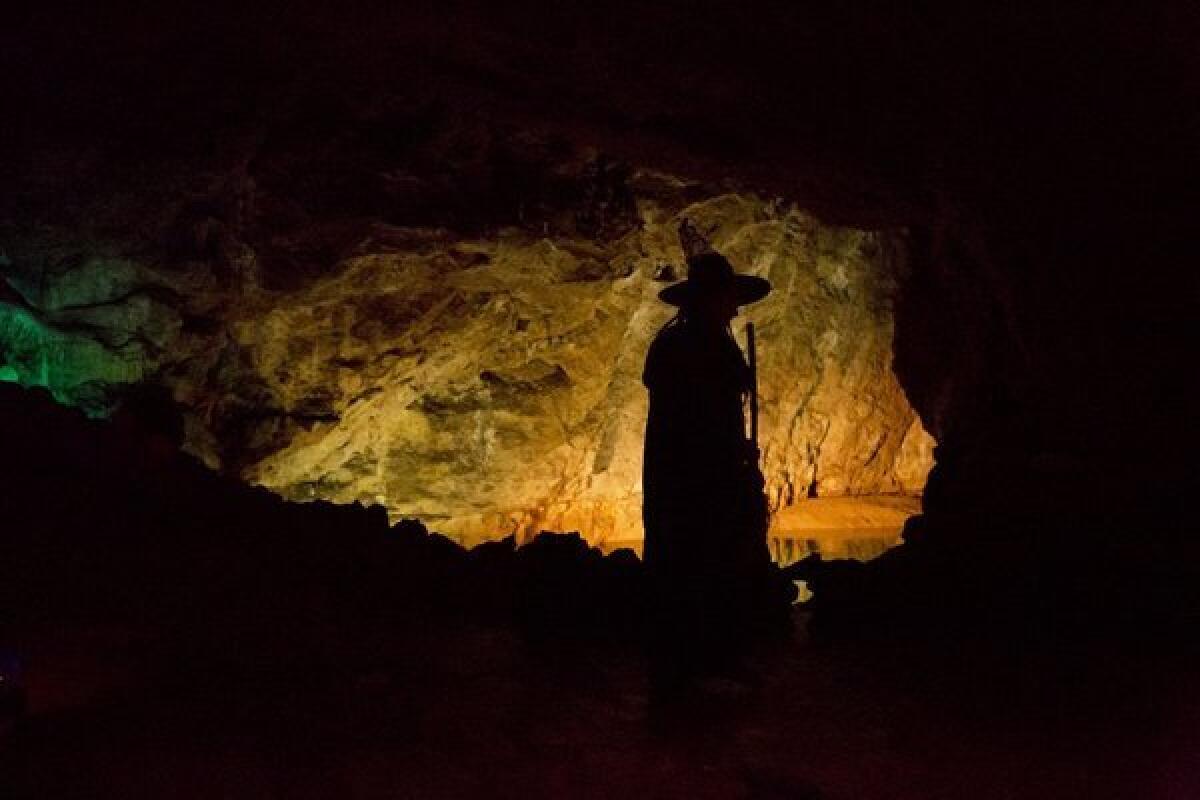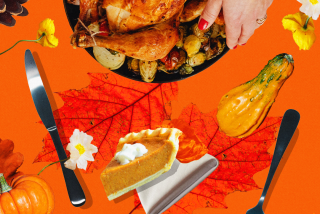Happy Halloween! One of the first witches? ‘Sorceress’ Joan of Arc

Happy Halloween! The holiday this year brings an interactive Google Doodle that spotlights a cauldron-stirring witch. Click through to play games like whack-a-mole with bony skeleton hands reaching out of the ground.
The green, warty old crone is in the “Macbeth” mode, but “the notion of that character of a witch goes back to the Old Testament,” said Stacy Tilney, director of communications at Massachusetts’ Salem Witch Museum.
“We point to Joan of Arc, called a sorceress,” Tilney said in an interview Thursday with the Los Angeles Times. “She was somebody who stepped outside of her gender role and was persecuted for that and burned at the stake.”
MORE: Nebula creates a witch in the sky
The museum specializes in the Salem Witch Trials of the 17th century, but witch hunting is more ancient. Tilney cites the instructional witch-hunting manual Malleus Maleficarum -- “The Witch Hammer.” The book, written in 1486, is “some creepy reading,” she said.
The treatise on the persecution of witches cites them as “women who can turn into specter form ... women using herbs had power.” It was also rife with sexual tension, she noted, “the whole idea of the incubus and succubus.”
From the 14th to 17th centuries, alleged witches who were killed by hanging, drowning or burning may have numbered over 60,000.
Many of those killed in the Salem Witch Trials had no pretensions toward any kind of magic.
“Some of them were devout Puritans,” Tilney said. “These were not folks practicing secret voodoo in the woods. By and large, they were Puritans and Quakers. What it boils down to political angst that played itself out neighbor against neighbor.”
The Los Angeles Times’ Mary McNamara reported on Thursday: “As Christianity struggled to maintain religious and political control, any woman who rejected or questioned its authority was most certainly a witch. And so too, apparently, were the many who simply did not conform to the silent, submissive role of a good Christian woman.”
Delve more into Salem and witches at the museum website.
Do do that voodoo? Follow me @AmyTheHub
More to Read
Start your day right
Sign up for Essential California for news, features and recommendations from the L.A. Times and beyond in your inbox six days a week.
You may occasionally receive promotional content from the Los Angeles Times.







